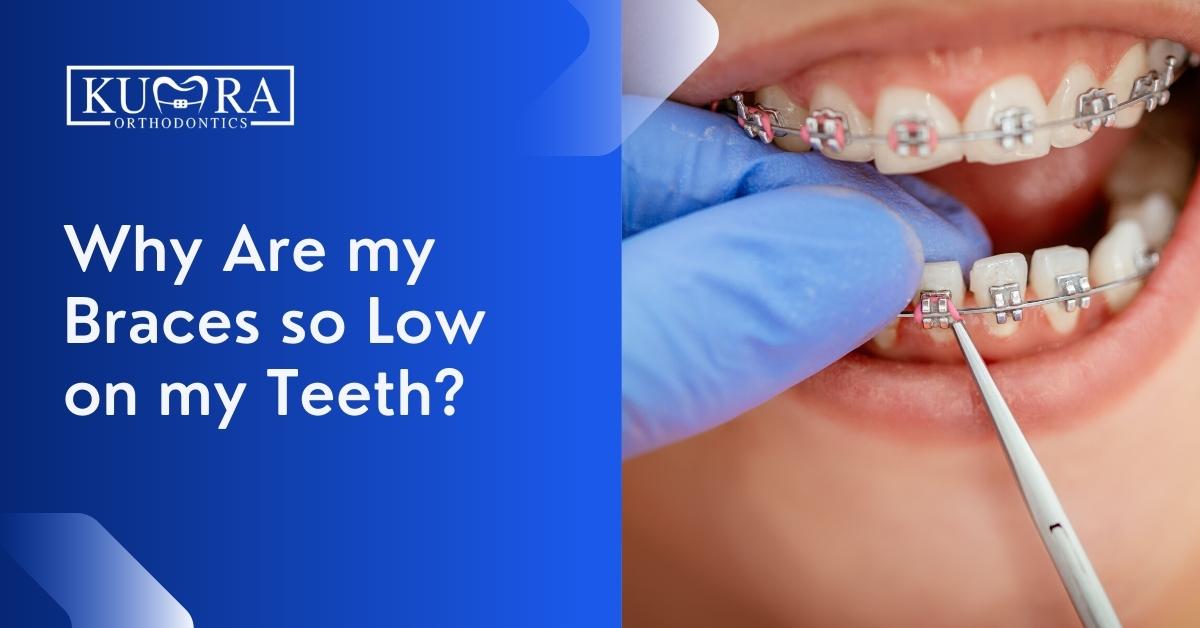Comprehensive Guide to Orthodontics Treatments for Correcting Oral Misalignments
In the world of orthodontics, the journey to attaining a flawlessly straightened smile includes a myriad of procedures customized to correct oral imbalances. From typical braces to undetectable aligners and even surgical options, the area of orthodontics offers an array of options to attend to varying levels of oral abnormalities. Understanding the ins and outs of each treatment, including their systems, advantages, and possible drawbacks, is important in making educated decisions regarding one's orthodontic treatment. As we navigate with the detailed overview to orthodontic treatments for remedying oral imbalances, the complex information of each technique will certainly unravel, clarifying the course towards a practical and harmonious dental positioning.
Orthodontic Procedures Summary

Normal adjustments and surveillance are important components of orthodontic treatment to ensure development is on track and to make any kind of needed alterations along the means. By undertaking orthodontic procedures, patients can not only achieve a straighter smile but likewise enhance their general oral health and wellness and feature.
Standard Dental Braces: Exactly How They Function
When considering orthodontic therapies for dental misalignments, typical braces stick out as a time-tested approach for remedying teeth positioning. Typical braces consist of braces, wires, and bands that collaborate to use continuous stress on the teeth, gradually relocating them into the wanted positioning. The braces are connected to the teeth using an unique adhesive, and the wires are threaded with the brackets. By readjusting the stress of the wires, orthodontists can regulate the direction and pressure put on each tooth, directing them right into appropriate placement in time.
As pressure is applied to the teeth with the dental braces, the bone bordering the teeth is reshaped to support the new tooth settings. People will need normal adjustments at the orthodontist's office to guarantee the dental braces proceed to apply the appropriate stress for reliable teeth movement.
Unnoticeable Aligners: Pros and Disadvantages
Unnoticeable aligners supply a very discreet and practical alternative to conventional braces for remedying dental misalignments. These clear, tailor-made trays are practically undetectable when worn, making them an appealing option for individuals looking for an extra visually pleasing orthodontic treatment. One of the key benefits of undetectable aligners is their removability, enabling simpler maintenance of dental hygiene contrasted to typical dental braces. Clients can remove the aligners prior to eating or brushing their teeth, lowering the danger of food getting embeded the home appliance and simplifying the cleansing procedure.

Surgical Orthodontic Options
Surgical interventions in orthodontics present feasible alternatives for resolving complex dental misalignments that may not be efficiently fixed via standard orthodontic therapies. While traditional braces and unseen aligners can fix numerous orthodontic issues, certain cases require medical treatment to attain optimum results. Surgical orthodontic alternatives are commonly advised for website here severe malocclusions, substantial jaw disparities, and situations where the underlying bone structure needs alteration to attain correct placement.
One typical surgical orthodontic procedure is orthognathic surgical treatment, which includes repositioning the jaws to deal with functional issues such as trouble chewing or speaking. This surgery is typically done in cooperation with an orthodontist that helps align the teeth before and after the procedure. Surgical orthodontics may also involve procedures to expose impacted teeth, remove excess gum cells, or improve the jawbone to create a more unified face profile.
Before considering surgical orthodontic alternatives, patients undergo an extensive examination to identify the necessity and possible benefits of such interventions. cumming aligners. While surgery might seem challenging, it can substantially boost both the function and visual appeals of the smile in situations where standard orthodontic therapies fail
Retainers and Post-Treatment Care

Failing to comply with post-treatment care directions can result in relapse, where the teeth slowly relocate back in the direction of their original settings. Regular retainer wear, great dental Click This Link hygiene, and routine oral check-ups are necessary for maintaining the results accomplished via orthodontic surgery and guaranteeing the long-lasting security of the dealt with oral positioning.
Final Thought
In final thought, orthodontic procedures use various alternatives for fixing oral misalignments. Surgical orthodontic alternatives are offered for extra serious imbalances. In general, orthodontic treatments can efficiently boost dental health and aesthetic appearance.
As we browse with the extensive overview to orthodontic procedures for correcting oral misalignments, the complex details of each technique will dr dds unfold, losing light on the path toward a unified and functional dental positioning. - cumming aligners
One of the most typical orthodontic therapies is the usage of braces, which consist of steel braces and wires that use mild pressure to slowly move teeth right into the desired setting.When considering orthodontic therapies for dental imbalances, traditional braces stand out as a time-tested technique for remedying teeth placing. Additionally, undetectable aligners might not be ideal for intricate orthodontic issues that require more considerable teeth activity, as they are typically recommended for moderate to moderate situations. Retainers are tailor-made orthodontic tools designed to hold teeth in their corrected positions after the completion of orthodontic treatment.